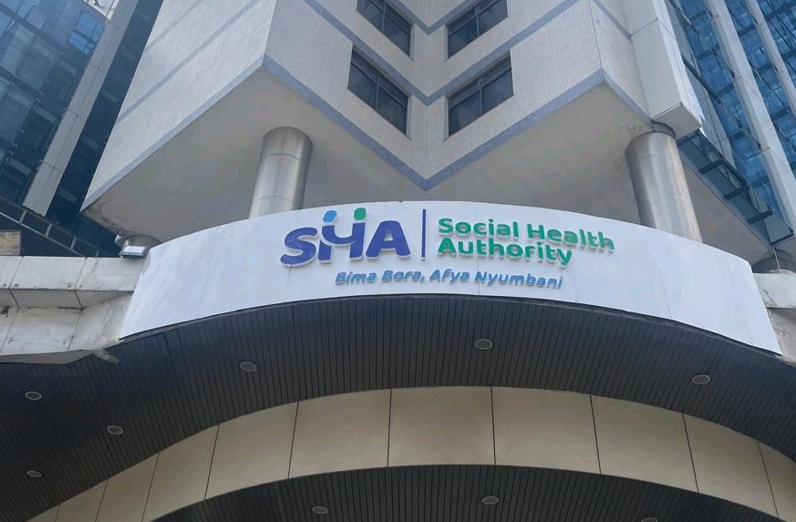Parents across the country have a reason to worry after a report revealed that four in every 10 adolescents aged between 10 and 17 are living with a mental health problem.
The adolescent population in Kenya is estimated to be 11.6 million where those aged between 10 and 14 totaling to about six million are slightly more compared to those aged between 15 and 19 add up to 5.6 million.
Kenya National Bureau of Statistics (KNBS) show that from a male population of 26 million, adolescent males are about 6 million with almost an equal population of adolescent females in a total female population of 26.4 million.
Hormonal changes
Across these age groups, the teens are navigating the complexities of adolescence including hormonal changes, academic and peer pressure and social media influence, thus their mental health can become increasingly fragile.
The early onset of mental health disorders among this age group can have far-reaching consequences, affecting their academic performance, social relationships, and overall well-being.
According to Kenya National Adolescent Mental Health Survey, one in eight adolescents meets the criteria for a mental disorder with double the number of adolescent girls (30 per cent) undergoing treatment for depression compared to boys (14 per cent).
Additionally, two out of three adolescents with mental health problems experienced some level of impairment such as personal distress, problems in relationships with caregivers, difficulties spending time with family or with peers, and difficulties with school or work.
In 2022, adolescents aged 10 to 13 years had higher prevalence of problems with either inattention or hyperactivity or both at 21.3 per cent compared to their older peers aged 14 to 17 years with 14.6 per cent.
Depression
Those who were older than 17 years had higher prevalence of depression at 9.9 per cent and posttraumatic stress with 7.1 per cent compared to younger adolescents
Shockingly, eight in every 10 adolescents who were endorsing suicide had had a mental health problem.
Separately, a Situation Analysis of Kenyan Adolescent 2024 report released by National Council for Population and Development (NCPD) showed more adolescent males aged between 15 and 24 years are lifetime users of alcohol and tobacco compared to their female counterparts. The use of the two substances is more rampant in the rural areas than in the urban areas.
The revelations of substance abuse come at a time when the majority of the teenagers are at home for the longest school holidays, a prime time when many of them can engage in smoking and drinking alcohol.
Use of tobacco, alcohol and other drugs can further worsen the health status of teenagers battling mental problems and disorders.
The National Authority for the Campaign Against Alcohol and Drug Abuse (NACADA) hints to parents that the period when teenagers use alcohol and drugs frequently is during school holidays and on their way home from school.
Within the school environment, the drug buster said students are more likely to use drugs during weekends, inter-school meetings and school outings, when schools are hosting entertainment events, during games and school trips.
The biggest suppliers of the substances, NACADA said, are friends and from homes especially where parents use them.
On other health matters affecting the teenage population NCPD said that HIV prevalence is slightly higher in girls at 1.2 per cent aged 15 to19 years than in boys of the same age at 0.5 per cent.
Testing for HIV among the teens remains low where as of 2022, only four out of 10 girls and three out of 10 boys aged 15-19 went for testing countrywide.
Additionally, HIV prevention knowledge is lower in rural areas than in urban areas where some 25 counties led by Elgeyo Marakwet, Tharaka Nthi and Kiambu are ranked below the national average knowledge gap of 54.2 per cent.
















